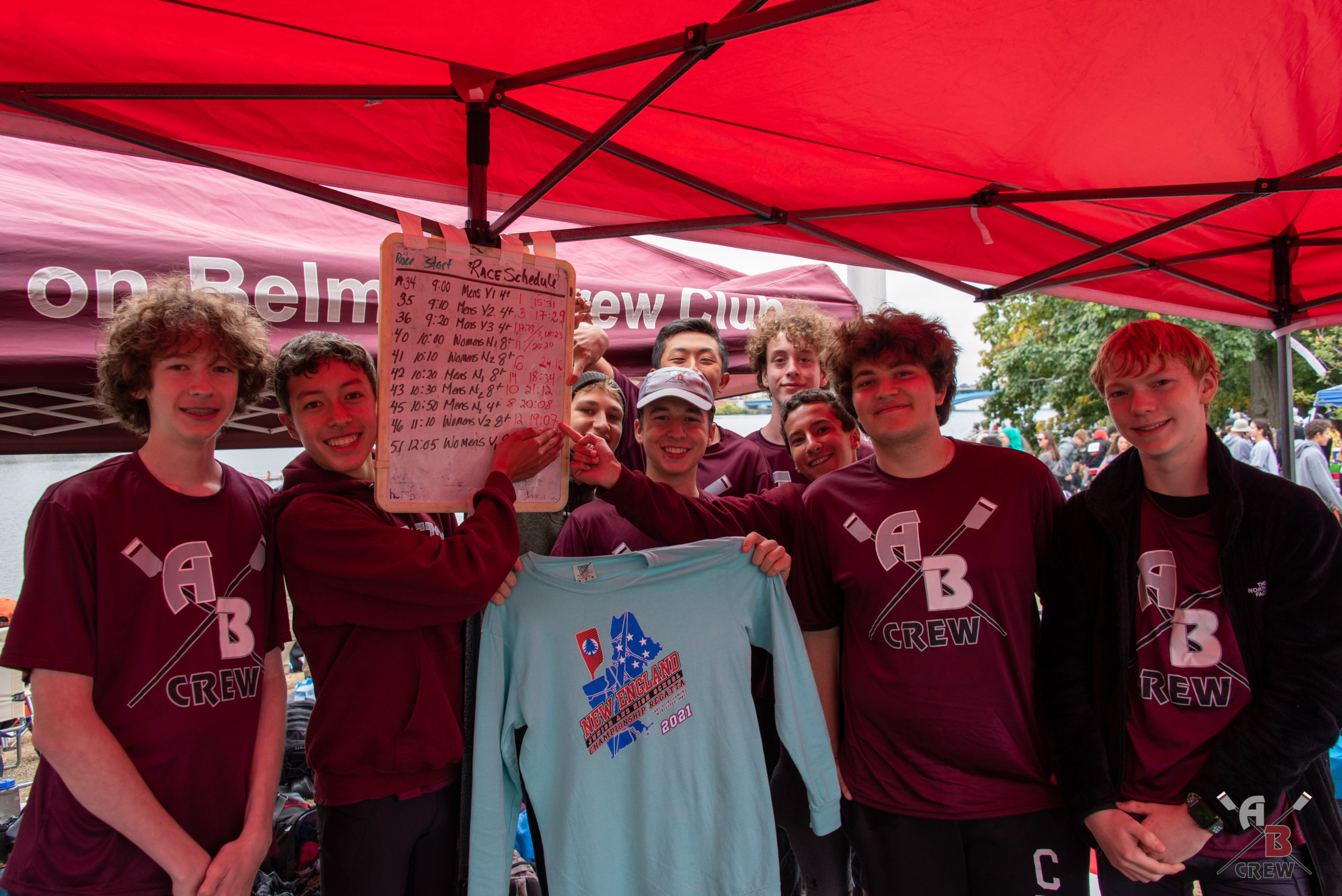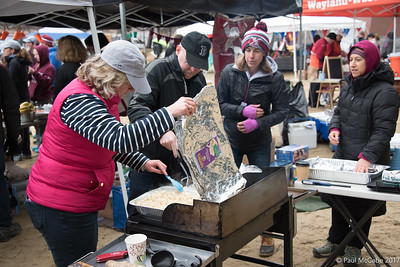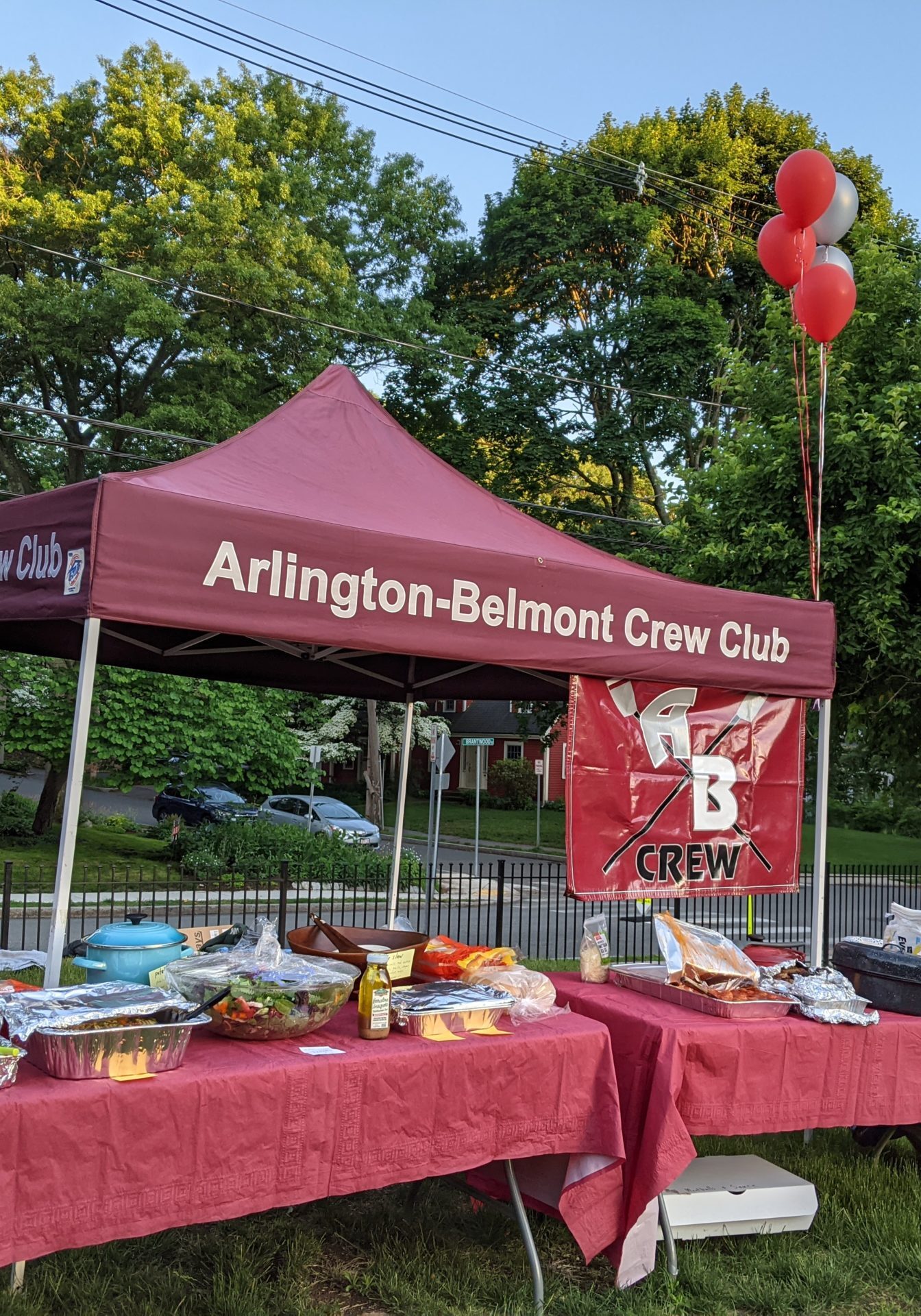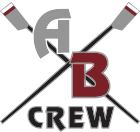Parents
Volunteering
We depend on parents to make AB an amazing experience for our athletes. We hope parents will find volunteering a great way to be involved in their athletes high school experience.
Overview
Unlike a sport run by the high school, ABCrew is run by parents.
Parent volunteers organize and manage all critical operations:
- AB Crew food tent at regattas
- Fundraising initiatives
- Registration process
- Website, PR, marketing
- Clothing sales
There are so many different ways to help AB Crew, and it's a great to meet other parents and learn more about your rower’s new passion.
Check your email inbox for a link to the SignUpGenius
Regattas
Regattas Are Run By Coaches AND Parents
Coaches Organize The Racing - Parents Organize The Food Tent
Organize menu & lead tent set-up and clean-up
- No experience necessary!
- Donate breakfast and lunch food
- Work a shift in the tent or the grill
- Help with set-up and clean-up
- Drive food trailer to/from regattas
- Contact Salpi DerStepanian for details


Fundraising Events
To support our team we rely on many sources of funding. During each water season we ask the athletes to go into the community and sell items such as raffle tickets. This lets us repair and replace broken equipment, pay for regatta fees and cover other smaller costs of operation.
For more information please visit our Funding and Sponsorship page.
How to Best Watch a Race
Your athlete has been working hard all season and it is now time for a regatta. The boats have been loaded onto the trailer and excitement is in the air. On the day of, you arrive at the venue in the early hours of the morning. This is so your athlete can help their teammates prepare for the day. You go and find the other parents and settle in to watch a day of racing. As the day goes on however you find that you will only see your athletes boat go by for a handful of seconds. So you get the most out of what you can get US Rowing has put together some tips to help you out.
What to look for and what to know when watching a race (adapted from US Rowing)
- The crew that's making it look easy is most likely the one doing the best job. While you're watching, look for – continuous, fluid motion of the rowers. The rowing motion shouldn't have a discernible end or beginning.
- Rowers strive for perfect synchronization in the boat.
- If you see a lot of splash, the oar blades aren't entering the water correctly.
- When the blades are brought out of the water, they should all move horizontally close to the water and at the same height.
- The most consistent speed. Shells don't move like a car – they are slowest when the rowers are coiled up, quickest when the rowers are fully extended.
- Race times can vary considerably depending upon the course and weather conditions. Tailwinds will improve times, while headwinds and crosswinds will hamper them.
- If a crew "catches a crab," it means the oarblade has entered the water at an angle instead of perpendicularly. The oarblade gets caught under the surface and will slow or even stop a shell.
- A "Power 10" is a call by the coxswain for 10 of the crew's best, most powerful strokes. Good coxswains read the course to know how many strokes remain for their crew to count down to the finish.
- Crews are identified by their oarblade design. The USA blades are red on top and blue on the bottom, with a white triangle at the tip.
- Coxswains don't now and probably never did yell "stroke! stroke!" Similar to a jockey, their job is to implement the coach's strategy during the race, in addition to steering and letting the rowers know where they stand in the race and what they need to do to win.

